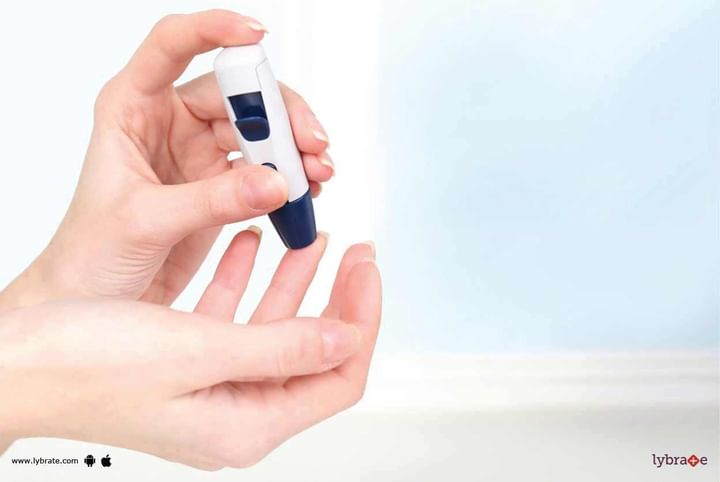Blood Sugar Levels - How To Administer Them?
Diabetes is a lifestyle disease – both in terms of cause and effect. It is caused by the altered lifestyle of a person and it affects the lifestyle of a person once it is diagnosed. Diabetes is when blood sugar levels are high. It is important for a person to constantly monitor this so that both high levels and low levels are prevented. Both these extremes can cause a completely different set of symptoms. While hypoglycemia can cause a person to blackout, hyperglycemia can induce coma in the most extreme cases.
Each person will have a target or set blood glucose range based on various factors including the type of diabetes, the duration of diabetes, current age, the extent of control, current medications, the presence of complications from diabetes, and overall health status. The person can then make a daily schedule that can range from testing once a day to 10 times a day. For instance, in type 1 diabetic child, it may be tested up to 5 times a day. In a person with type 2 diabetes that is well-controlled, once a day would be good enough.
Recommended levels of blood sugar:
-
For someone less than 60 years of age, if there are no other underlying medical conditions, then the fasting sugar level can be between 80 and 120 mg/dL.
-
If a person is more than 60 and has other conditions, then it can go up to 140 mg/dL.
-
The post-meal level after 2 hours should usually not exceed 180 mg/dL.
Ways to monitor blood sugars:
-
The hand-held glucometer is the most common device used to measure blood sugar levels. A fingertip or palm is often used for taking a blood sample. Most devices come with a user instruction manual, and it is advisable to use this until it becomes a routine. Keep the device clean and do not use expired strips.
-
Keep a log which has a date, time, results, medication taken, and diet details. Some doctors may also want to have exercise details. There are now apps available to do the same.
-
This needs to be checked with the doctor regularly to monitor excessive fluctuation.
-
As noted above, each person would have set target range, and the person should maintain sugar levels within that range. Depending on the disease condition, a set testing regime should be worked out with the doctor and adhered to.
-
Keep the sugar journal with you and check the sugar levels in the laboratory once a month or so.
-
Diabetic patients are often told to take their medicines regularly so that fluctuations can be prevented.
-
They are also advised to carry sugar-rich foods like candies which can be used in case of a dip in their sugar level.



+1.svg)
